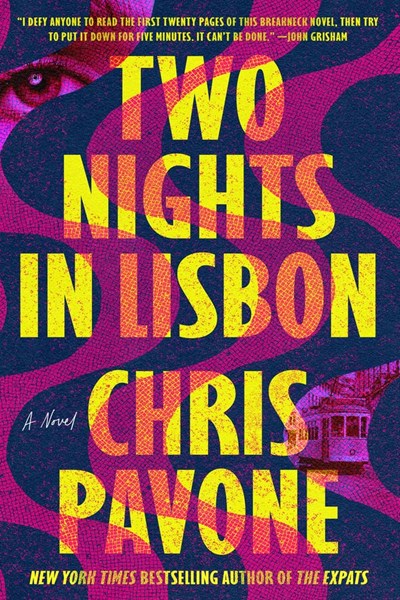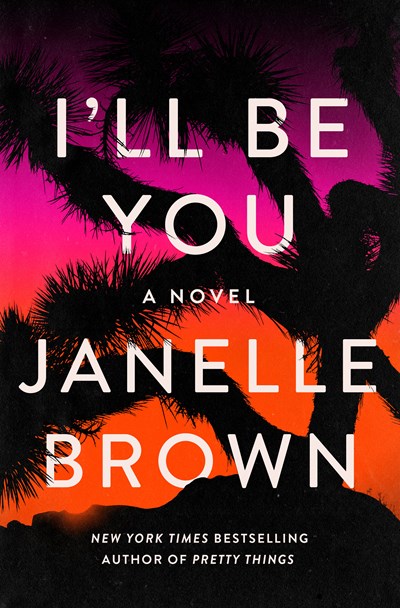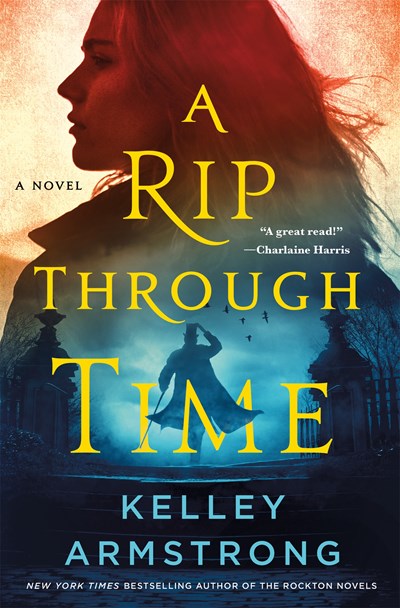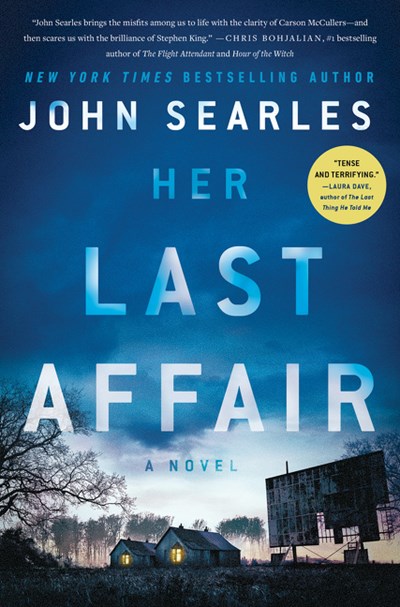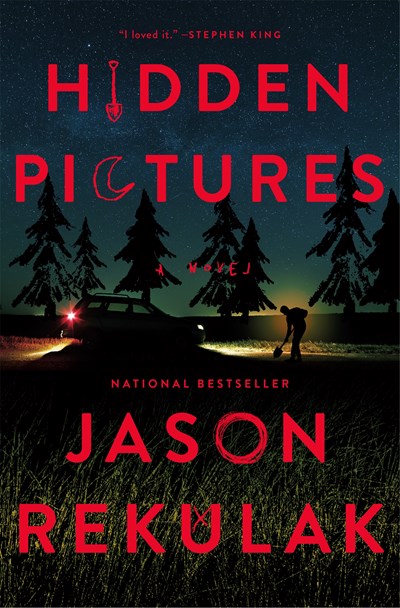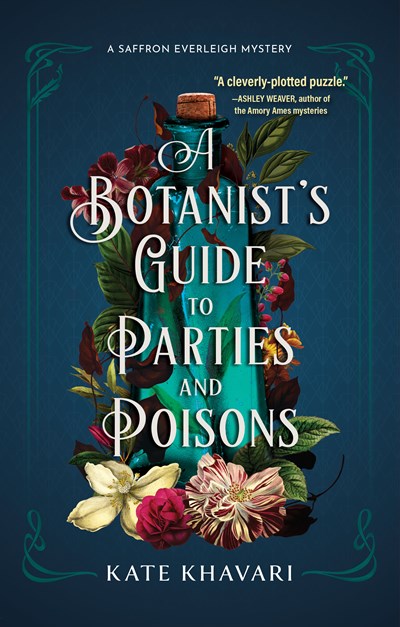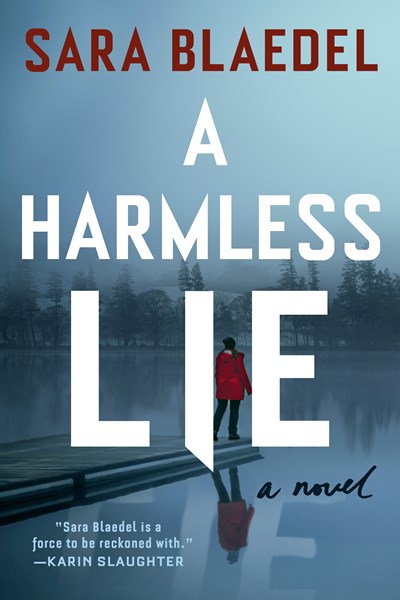A straightforward mystery that is brought to life by three wonderful characters. Thirty-something Hudson Miller is down on his luck. His boxing career is over, he’s working as a bouncer, and he’s couch surfing with friends. To make matters worse, Hudson’s estranged father is murdered, shot in the back of the head while sitting at his desk at his salvage yard in deeply rural Flint Creek, North Carolina. To Hudson’s surprise, he inherits the business, and—with no other options apparent—goes home to run Miller’s Pull-a-Part. He also takes on the job of finding his father’s murderer, helped out by Charlie Shoaf, a Vietnam vet who more or less comes with the salvage shop. When a corpse is found in the trunk of a salvaged vehicle, and a cache of firearms is discovered as well, Hudson realizes that his father’s life was a whole lot different than it appeared. Add to the mix the self-assured, brilliant teenager Lucy Reyes—who is seeking answers to her own family tragedy—and you’ve got a great threesome. I have no idea of the author’s intent, but I’d love to hear more from Hudson, Charlie, and Lucy—their chemistry is dynamite. Fans of the TV series Ozark will love this book.
Review
One of the best books I’ve read this year and a brilliant example of how sophisticated and meaningful a thriller can be while still ratcheting up the suspense and anxiety. Imagine you are accompanying your partner on a business trip to Lisbon. After a night of great food and even better sex, you wake up to find that they are gone—no note, laptop and belongings left behind, phone calls going straight to voicemail. What would you do? For Ariel Price, it’s time to mobilize. She starts by quizzing the hotel employees, eventually goading the staff in the American Embassy to help her search for John, her newish husband. But it turns out that to save John, Ariel needs to go far into her past. This novel delves deeply into sexual violence and its life-long ramifications—a rape is graphically described—while continuously upending what the reader believes to be the truth. Hold on to your hat, your head will be spinning. Librarians: purchase multiple copies.
Four strangers—two men, two women, all twenty-somethings—are sharing a table in the grand reading room of the Boston Public Library when a woman screams. They have no idea who she is, where she is, or why she screamed, but it does break down the barriers among the four, and by the time they leave the library, they are fast becoming friends. The crew includes a novelist; a law student; a psychology grad student; and our protagonist, Winifred, known as Freddie, a novelist who hails from Australia. It turns out a woman was murdered in the library, and the fab four take it upon themselves to investigate. But when one of the four is attacked, they begin to realize that there may be a connection between them and the murdered woman. And that one of them may be the murderer. Meanwhile, each chapter ends with correspondence to the author of The Woman in the Library, who lives in Australia, from a Boston-based friend who’s helping her with language and locale—until his communiques take a sinister turn. Readers who enjoy a playfulness in their fiction will be delighted by this book-within-a-book. For fans of Anthony Horowitz.
The number of all-caps texts I sent about THE TWISTS IN THIS BOOK!!! were…many. Those twists concern the misdeeds of identical twin sisters Elli and Sam Logan, who are estranged because of a shocking betrayal. They’re former child TV stars, with Sam back then enthralled by their minor fame while Elli hated every moment. As adults, Elli is a mom while Sam sees reproduction as “a monetizable bodily function.” While Ellie explores empowerment in a self-help group, Sam is a barely sober alcoholic and drug addict whose possessions consist “primarily of emotional baggage.” The twins’ paths have diverged, but when their dysfunctional parents call Sam for help looking after a child–one she didn’t know her sister had–she drops everything. The first part of the book looks at the past and present from Sam’s perspective, and the second at the same events from the point of view of her sister. This reveals that identical events can be experienced through a gulf of misunderstanding, hurt, and fear and that damage and love will find ways out. Brown’s insightful language and the emotional brutality and fortitude shown as Elli and Sam are forced to see themselves and each other anew will stay with readers. If twins in fiction are of interest, also try Brit Bennett’s The Vanishing Half.
In too many historical mysteries and science fiction novels, other times and places are strangely devoid of anyone who’s not straight and white. Not so the science-fiction-tinged Victorian era envisaged by prolific author Armstrong (A Stitch in Time series). The book opens in 2019, with Vancouver, BC detective Mallory Atkinson visiting Scotland to tend to her dying grandmother. Hearing a woman cry out for help in an alley, she intervenes in what turns out to be an apparition of an attack, only to enter the vision and wake up in 1869 as a teenage housemaid. She lands in the Edinburgh home of undertaker Dr. Duncan Gray, who’s using his trade to become an early forensic scientist. Gray and his widowed sister, Isla, are somewhat cut off from society, Gray because he was born from an affair his father had with a woman whom the family believed to be Indian—it was all kept hush-hush—and his sister because she’s a Victorian woman of means, expected to stay home. Readers will enjoy watching Mallory as she struggles to fit in and help Gray find the man—a serial killer, though that term is unknown—who’s posing bodies in sensational ways around the city. For those who enjoy Julie McElwain’s Kendra Donovan series, in which an FBI agent time travels to 1816 London.
When kindly retired nurse Skyla Hull finds divorced Englishman Teddy Cornwell as a tenant for the identical house her late husband built next to their upstate New York home—long story—the two click. Skyla, who is almost blind from macular degeneration, gets a welcome companion in Teddy, and soon he’s encouraging her to explore unresolved issues in her past. At the same time, we look at other relationships in the past and present: teens Linelle and Teddy meet and fall for each other while sneaking cigarette breaks from their jobs as Disney World characters; later, Linelle is married to Marcus and we find her taking a photo, one that certainly wouldn’t be allowed at Disney, to send to her man on the side. A “one that got away” romance also features, with the couple now years older and wondering “what if?”. When the various loaded pasts and presents come together, what is at first a character-driven plot takes a suspenseful and violent turn and readers will move from cringing at what the characters do for love to fretting over who will get out alive. With much of the action taking place in the shadow of a defunct drive-in theater, the Stephen King vibes are strong here, but so is the Fannie Flagg. An unusual and satisfying tale.
A super-smart suspense novel featuring a leading character you’ll never forget. Twenty-something Mallory Quinn is 18 months sober. She was poised to get out of her south Philadelphia neighborhood—with an athletic scholarship from Penn State—when tragedy struck and she spiraled out of control, ending up addicted to opiates. But as the book opens, she’s able to move on from her half-way house, has a terrific sponsor, and is off to the posh suburbs for the summer as the nanny of five-year-old Teddy, son of Ted and Caroline Maxwell. Initially, this is the perfect set-up. Mallory lives in her own tiny house in the backyard and she bonds with the precocious Teddy. All is well until Mallory notices Teddy’s drawings are taking on a sinister tone, with violent images, then greater complexity, well beyond what any child is capable of. Mallory is so well realized, her interior world so compelling, that when she suspects the supernatural is at work, we believe her. Ted and Caroline—an incredibly creepy duo—try to gaslight Mallory, but a neighborhood boy, a love interest, helps to keep her sane. Ultimately, this is a novel of healing, as two very broken individuals—Mallory and Teddy—find ways to move on.
University College London, just after the Great War, is where bright young Saffron Everleigh pursues her botany studies and, as an assistant researcher, is the only female employee in her department. While Saffron’s beyond enthusiastic about her field and a gifted botanist, she endures sexist put-downs and even a lewd attack by a professor who has retired in place and lives on pipe smoke and sexual harassment. The botany department’s men are gearing up for a research expedition to the Amazon (the gentlemen never mention seeking input from any Brazilians as to local flora, adding to the musty flavor of the academic setting). Before they leave, disaster strikes: a professor’s wife collapses at a department party, perhaps a victim of poisoning. This series debut, also the author’s first foray into historical fiction, sees Saffron and her love interest, Alexander Ashton, sleuthing their way through department politics, botanical facts, and the sadder aspects of human nature as they figure out whodunit and learn more about their field along the way. Readers will learn more too, but unobtrusively while they cheer for Saffron and Alexander to for God’s sake have that kiss. Especially recommended for fans of Sujata Massey’s Perveen Mistry series, which stars another pioneer, the only female lawyer in 1920s Bombay.
With its nine volumes, the acclaimed Detective Louise Rick series can be off-putting. But the newest title, A Harmless Lie, is actually a good entrance point. Sure, you’re missing plenty of backstory, but Blaedel is careful in not assuming too much knowledge on the reader’s part. Here, Louise is in Thailand, on sabbatical before returning home and taking the position of Copenhagen’s Head of Homicide, when she gets a call informing her that her brother Mikkel has been hospitalized after attempting suicide and that his wife, Trine, abandoned him and their children just days before. Louise heads off to her claustrophobic home town of Osted, only to confront a withdrawn Mikkel, her anxious parents, and the gradual realization that her brother is being investigated for Trine’s murder. Concurrently, her good friend Camilla, a journalist, is looking into the decades-old disappearance of a teen girl whose body has just been discovered, a girl who happened to be a classmate of Trine. While crawling with cops, this book is hardly a police procedural. It’s a deeply emotional dive into family, community, and the power of secrets.
The first crime here is psychological abuse of two sisters whose father, named only as Sir, is obsessed with building their resilience (“Lord knows you’re not going to get by on talent or gifts”). Sir’s isolated, scared little girls can’t go to bed at night unless they achieve enough points. Chores count, but they must also endure “tests” like sitting in the snow without a coat for an hour, holding their breath for two minutes, and kneeling on broken glass. The abuse leads the younger sister to become obsessed with Houdini and perfect a show based on his escapes, with the psychological underpinnings of that quest not lost on her or on readers. Fast forward to adulthood and there’s possibly a new crime afoot, or at least a mystery, as one sister, Natalie, visits a Maine island where she suspects her sister, Kit, is captive in a cult led by the reclusive, mysterious Teacher. The markers of a cult are glaring, but is Kit being held against her will and what’s behind the other residents’ willingness to obey? The solution is satisfying here, and getting to it will bring home to readers Teacher’s declaration of the book’s central truth: “The difference between a cocoon and a straitjacket [is] perspective.”


